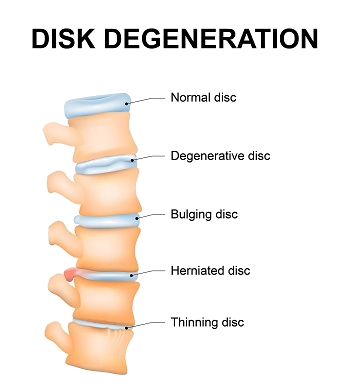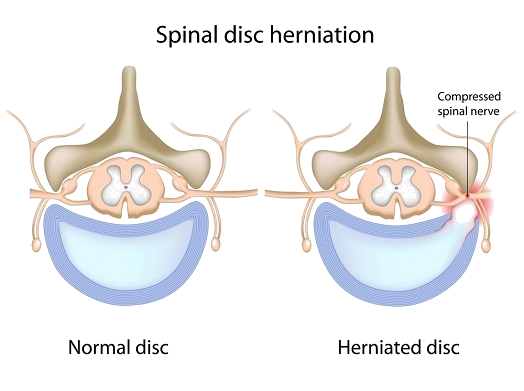Lumbar Spine Treatment in Boston, MA
What is the Lumbar Spine?
Your lower back is referred to as your Lumbar Spine.
The spine, near the abdomen, begins to curve in. Because of its structure and how you hold yourself, some people experience health issues with the lumbar spine. Your lumbar spine bears a lot of the weight in the body, and thus are usually the victims in back or spinal injuries.
The lumbar spine is 5 vertebrae (L1-L5) – and is a combination of joint capsules, tendons, ligaments, muscles, and nerves. The Lumbar Spine is very protective and strong, but issues can still arise in the lumbar spine.
Lumbar Spine issues include the following:
- Compression Fractures
- Lumbar compression fractures occur mostly in post-menopausal women, due to osteoporosis wearing away at the strength of the bone.
- Degenerative Disc Disease
- If a disc degenerates in your lower back, you may experience pain or numbness. Treatment include exercise regiments, physical therapy, and surgery.

- Herniated Disc
- A herniated disc is when the disc in the spine punctures out and pinches a nerve.

- Low back Pain
- Most of the time, low back pain is caused by injury to a ligament or muscle due to improper nutrition, stance, or external injury.
- Infection
- A lumbar infection is when a disease (bacterial, fungal) affects the function of the spine. Treatments vary greatly, from surgery to antibiotics.
- Trauma
- When an external force greatly affects the function of the lumbar spine, surgery may be needed to fix lumbar trauma, depending on the damage caused.
- Tumors
- Spinal cancer can be primary or secondary, depending on if it forms or metastases in or near the spine.
- Muscle Strain
- When fibers in a muscle begin to tear from being overstretched or overused (pulled muscle).
- Sacroiliac Joint Syndrome
- This can be diffcult to accurately diagnose because the symptoms mimic other common conditions. Typically, a physical examination can be performed to determine the source of pain.
- Spondylolysis
- A defect or stress fracture in the pars interarticularis of the vertebral arch. The majority of cases occur in the lower lumbar vertebrae.
- Spondylolisthesis
- When the vertebra slips forward onto the bone below it.
- Sciatica
- Describes symptoms of leg pain, that originate in the lower back and funnel through the buttock and down the large sciatic nerve in the back of each leg.
Request an Appointment for Lumbar Spine Problems with Dr. Frank X. Pedlow, Jr. in our Boston office today. You can also call our office at (617) 227-9300 for appointments, questions, and consultations.




